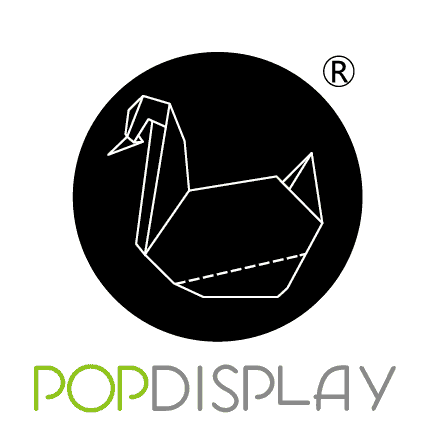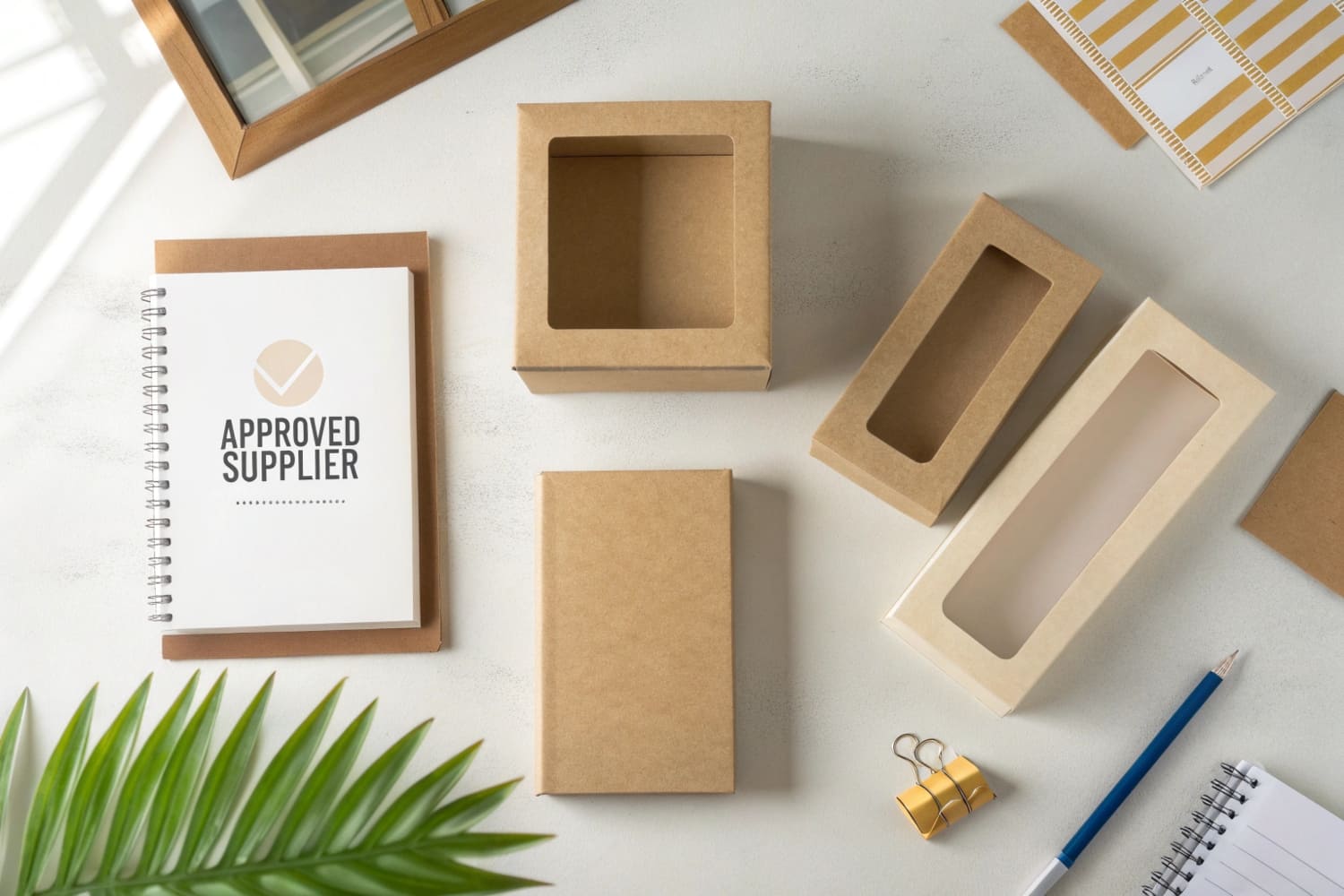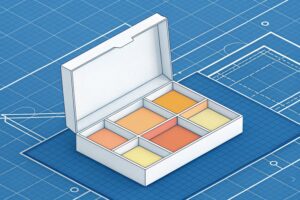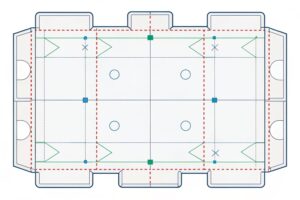I want a simple way to find kraft paper window boxes that fit my brand and my deadlines.
You can buy kraft paper window boxes from packaging suppliers, print houses, and factories that offer custom dielines and window films. Check Alibaba, U.S. wholesalers, and local printers. Ask for samples, certifications, and transit tests before bulk orders.
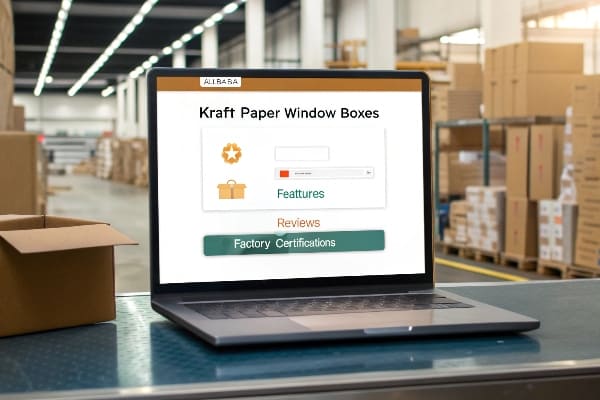
I will show what to check, where to buy, and how to avoid delays. I will share what works in my factory and in my projects.
Is kraft paper the same as cardboard?
I often hear this question when we start a new display or a PDQ.
No. Kraft paper is a type of paper made by the kraft process, while cardboard is a general term for thicker paper materials like paperboard or corrugated board. They overlap in use, not in definition.

What makes them different and why it matters
Kraft paper comes from the kraft pulping method. It has long fibers and good tear strength. It can be natural brown or bleached. It is thin compared to cardboard. Cardboard is a broad term. It includes paperboard1 (solid board) and corrugated board (fluted core with liners). I choose between them by load, print needs, and cost. A window box that holds light items may use paperboard with a kraft look. A shipping-ready PDQ needs corrugated with a kraft liner. I keep language simple with buyers. I say “kraft look” when they want the brown feel, “paperboard” for retail boxes, and “corrugated” for displays. This avoids mix-ups and saves time.
Quick comparison table
| Item | Kraft Paper | Paperboard (Cardboard) | Corrugated (Cardboard) |
|---|---|---|---|
| Typical Thickness | Thin sheets | 250–600 gsm | Single-wall, double-wall |
| Strength | High tear | Good rigidity | High compression |
| Good with pre-coat | Very good | Good with liner prep | |
| Cost | Low to mid | Mid | Mid to high |
| Use Case | Wraps, bags, sleeves | Retail boxes | Displays, shippers |
I once led a project for a seasonal knife-accessory bundle. The client asked for “kraft cardboard.” They meant a brown paperboard retail box. We switched from corrugated to 400 gsm paperboard with a kraft top sheet. The color looked right, the edges were clean, and the box felt premium. The unit cost dropped 12%. Lead time dropped by four days. The team learned to confirm terms on day one.
What is kraft paper box?
Many buyers say this when they want a natural look with a clear window.
A kraft paper box is a retail box made with kraft paper or kraft-faced board. It may include a PET or PLA window, custom printing, and inserts to hold products during transit and display.
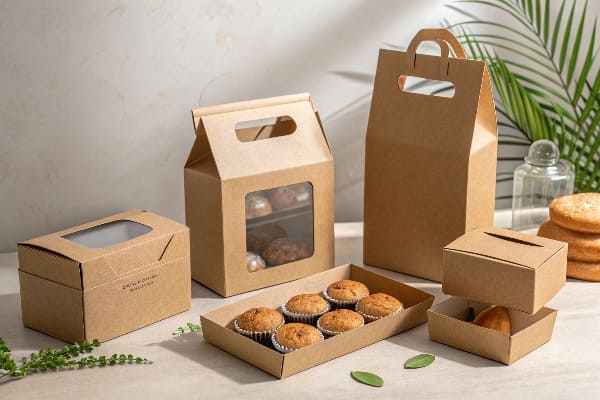
Structure, window options, and print choices
A kraft paper box2 can be paperboard or corrugated with a brown liner. The “kraft” part can be the outer face or the whole sheet. A window uses PET for clarity and strength. PLA works for compostable goals but needs heat checks. I secure the film with glue flaps or heat bonding, based on run size. I add tuck locks or auto-bottoms for speed. I pick E-flute if I need more crush strength. For graphics, I test water-based inks on brown stock. Colors shift on brown, so I adjust the artwork with higher contrast and white underlay if needed. This keeps logos clear. I add die-cut hang tabs for pegs. For hunting tools or bows, I add edge reinforcements near the window to stop tear lines during shipping.
Build options table
| Feature | Option | Why I choose it |
|---|---|---|
| Window Film | PET / PLA | PET is clear and tough; PLA supports eco goals |
| Board Type | 350–450 gsm paperboard | Clean edges for retail finish |
| Flute | E or B flute | Better crush and stack for heavier SKUs |
| Closure | Auto-bottom, Tuck-top | Faster packing, fewer errors |
| Ink | Water-based CMYK | Lower VOC, good color with right underlay |
| Coating | Aqueous, Soft-touch | Protection and brand feel |
One rush project needed a window box for broadhead sets. I used 400 gsm kraft paperboard with PET 0.25 mm film. I added an inner tray to stop movement. Drop tests passed at 10 drops. The retail team approved the “natural” look. The rollout hit the shelf date.
Can kraft paper be used for packaging?
I hear this daily from teams that want to reduce plastic and keep costs flat.
Yes. Kraft paper works for retail boxes, mailers, wraps, and inner trays. Match basis weight and structure to load and transit. Test with drop, vibration, and humidity before mass run.
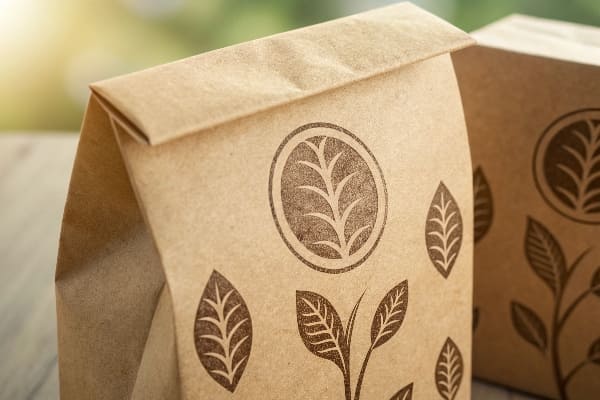
When kraft succeeds and when it fails
Kraft paper is strong for its weight. It resists tearing. It still needs the right structure. A single sheet cannot protect a 2 kg crossbow part. A laminated paperboard or a corrugated box will. I use kraft mailers3 for apparel and light gear. I use kraft-faced corrugated for heavier tools. I add perforations for easy open and reuse. I keep coatings light so recyclers accept the pack. I run ISTA-style tests4 for key lanes. I check 85–95% relative humidity in monsoon season to avoid surprises. My design team runs 3D files and quick prototypes on day two. We adjust flaps, lock tabs, and window edges. We keep the box flat-pack to cut freight costs.
Use case and limits table
| Packaging Type | Works With Kraft? | Notes |
|---|---|---|
| Retail Window Box | Yes | Use paperboard + PET/PLA window |
| Mailer | Yes | Add peel-and-seal, tear strip |
| Inner Tray | Yes | Die-cut paperboard, consider lamination |
| Heavy Gear Shipper | With corrugated | Single-wall or double-wall as needed |
| Moist Environments | Limited | Add nano or aqueous barrier; test RH |
I once shipped demo displays to three climates. Dry, humid, and cold. We used the same kraft spec to save time. The humid lane failed. We then added a light aqueous coat and upgraded to E-flute with kraft liners. The fail rate dropped to near zero. The client stayed for three years.
Are kraft paper boxes recyclable?
This question matters to buyers and to store partners who track waste.
Yes. Most kraft paper boxes are recyclable if they have no plastic-laminate coating. Remove PET windows before recycling when local systems require it. Check local rules for PLA and coated boards.
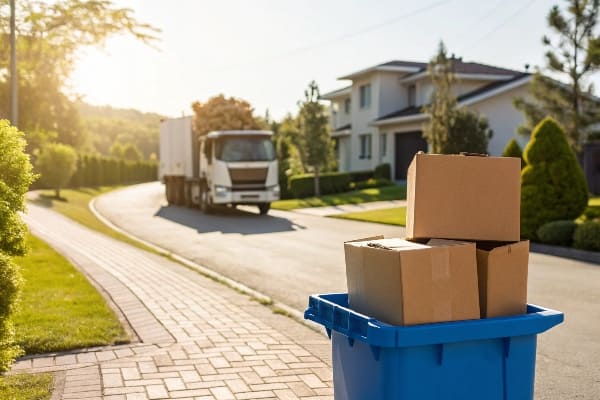
What affects recyclability and how I design for it
Recyclability5 depends on fiber, inks, and coatings. Pure kraft paperboard without plastic film is widely recyclable. Water-based inks help. Aqueous coatings are usually fine in many streams. Soft-touch and heavy plastic lamination can block recycling. Windows are okay if the MRF accepts them, but many ask that we remove them. I design glue-only windows that peel off by hand. I print simple recycling icons and a short line that says “Remove window before recycling.” I offer PLA windows for brands with compost goals, but I warn that many sites do not accept PLA yet. I add FSC or similar claims only when auditors confirm the chain. I keep claims simple and true.
Recyclability guide table
| Component | Recyclable? | My practice |
|---|---|---|
| Kraft Paperboard | Yes | Use uncoated or aqueous coat |
| PET Window | Often no (curbside) | Make removable; offer take-back |
| PLA Window | Varies by site | Confirm local composting access |
| Water-based Inks6 | Yes (most streams) | Default choice |
| Heavy Plastic Laminate | No | Avoid unless critical |
My team once rebuilt a gift box for a chain store. The old box had a plastic laminate for a gloss look. It failed a retailer audit. We switched to aqueous. We kept the same brown tone. The store re-listed the item. The brand used the audit pass in marketing.
Conclusion
Kraft paper window boxes work when I match structure, film, print, and tests to the product and route. Clear specs and fast samples keep launches on time.
Discover the differences between paperboard and cardboard, which can help you make informed packaging choices. ↩
Explore the advantages of kraft paper box packaging, including sustainability and durability, to enhance your packaging strategy. ↩
Explore this link to understand the advantages of kraft mailers for packaging, including sustainability and strength. ↩
Learn about ISTA-style tests to ensure your packaging meets industry standards and performs well in various conditions. ↩
Understanding recyclability is crucial for sustainable design. Explore this link to learn how to enhance your packaging’s eco-friendliness. ↩
Water-based inks are key to sustainable packaging. Discover their benefits and how they contribute to recyclability. ↩
